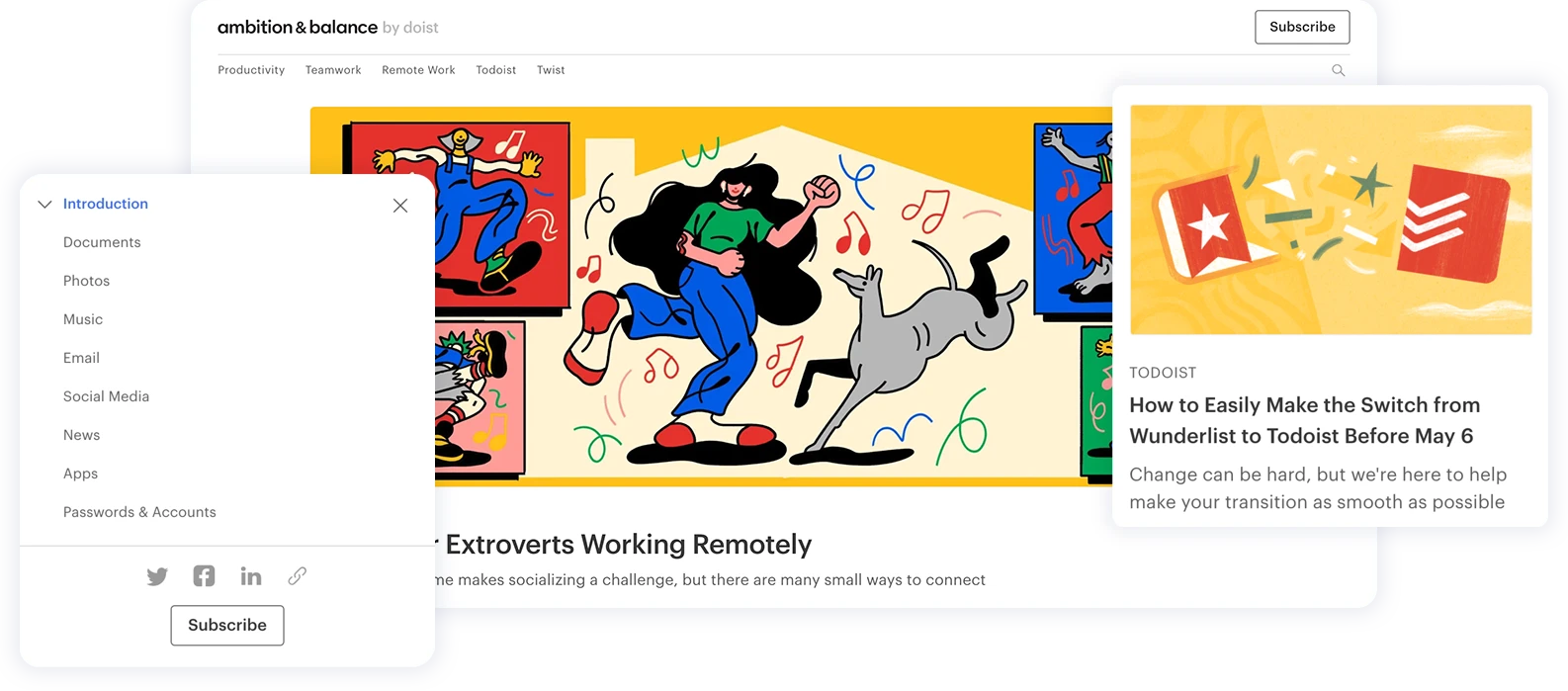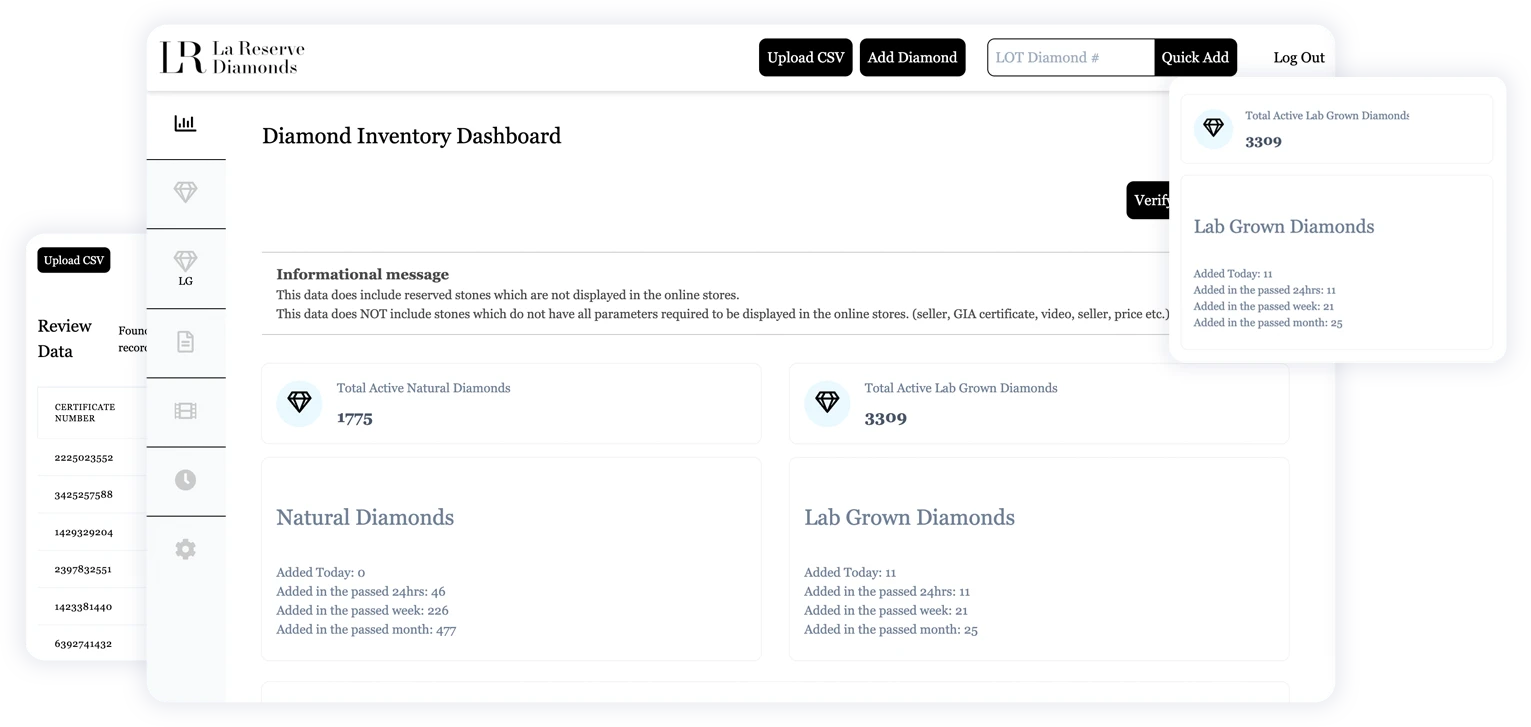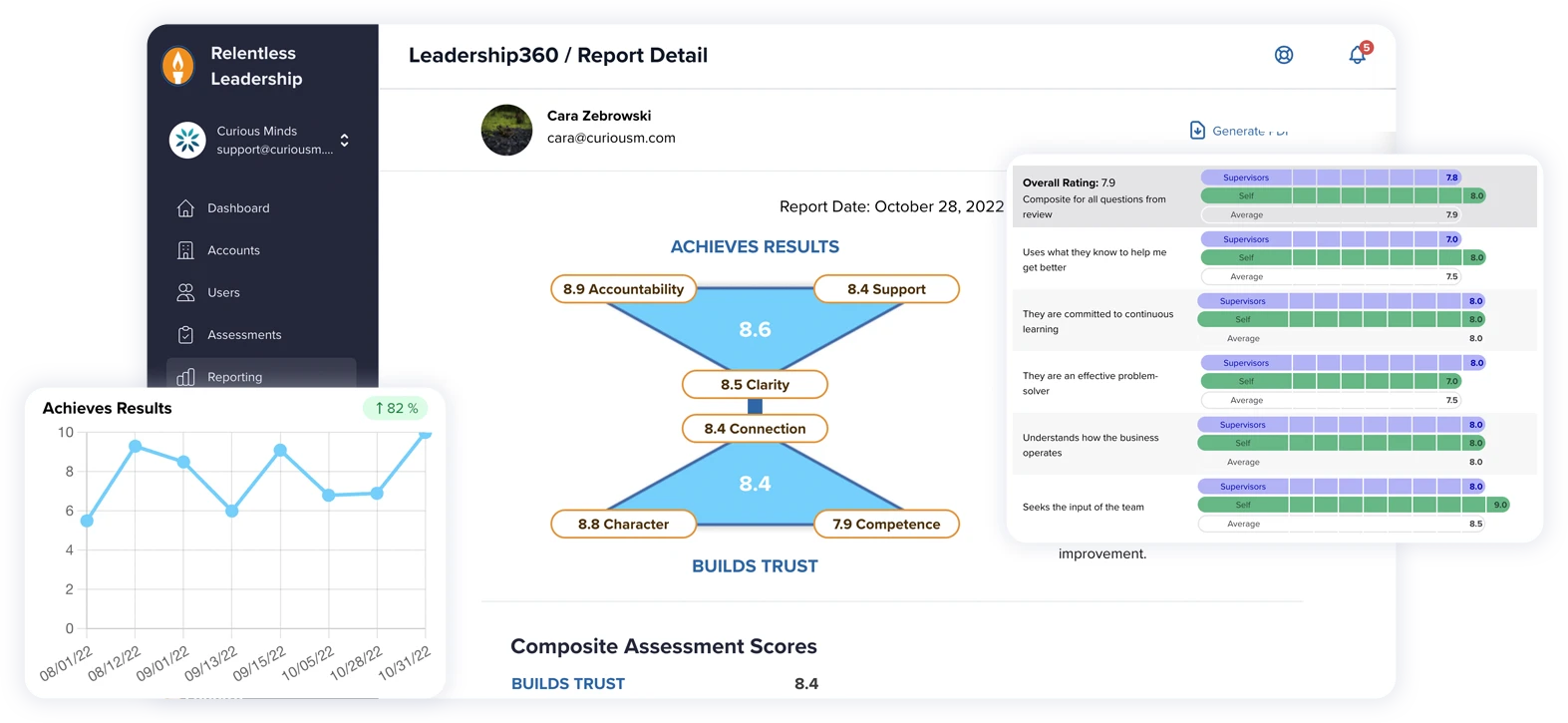So, you're thinking about using AI in your AI web development projects, or maybe you already are. That's great! But there's a skill that often gets overlooked, and it's absolutely critical to getting good results: prompt engineering.
What is it? Think of it as the art of talking to AI effectively. It's how you write the instructions, questions, or "prompts" that guide AI models to give you back something useful – whether that's helping an engineer configure a complex product, assisting an employee with internal procedures, or analyzing business data. We're not just talking about plugging in an AI and hoping for the best. Real success comes from carefully crafting effective AI prompts to make sure the AI's output is accurate, helpful, and achieves a specific goal. Getting this right means your AI features feel like a seamless part of your workflow or site, not a clunky add-on.
Let's dig into why learning to "talk" to AI effectively is so important.
First Things First: What Exactly is Prompt Engineering?
Getting started with AI on your website often involves prompt engineering, even if you don't call it that. It’s way more than just throwing words at the AI. It's about building clear, thoughtful instructions designed specifically for the AI model you're using and the result you want. Seriously, every word can matter! Small tweaks in how you ask can dramatically change what the AI gives you back.
Take an e-commerce website chatbot. Good website chatbot prompts make it truly helpful. Instead of just hoping the AI knows about your products, a detailed prompt might look like:
"You are a friendly shopping assistant for 'The Outdoor Gear Hub'. User asks: 'Is the TrailMax tent suitable for winter camping below freezing?' Consult the product description content for 'TrailMax Tent' AND the guide 'Tent Season Ratings Guide.pdf'. Look for temperature ratings or explicit mentions of 4-season/winter use. Summarize suitability based only on these sources. If suitability is unclear or negative, state that clearly. Use an encouraging and helpful tone."
This detailed prompt tells the AI its role, the user's question, exactly where to look for the answer (using specific source content), how to present the findings, and the desired tone.
Or consider an internal tool for a travel agency. A prompt to help an agent find packages might be:
"You assist travel agents using the 'Wanderlust Travel' system. Agent query: 'Find 7-day all-inclusive Cancun packages, 2 adults, max $4000, fly from DEN first week of June, direct flights, beachfront.' Query the live package database (packages_live.db) using these specific parameters: Destination=Cancun, Duration=7, Adults=2, MaxPrice=4000, Origin=DEN, Month=June, DirectFlight=True, Beachfront=True. List the top 3 matching package names and current prices. If fewer than 3 match, state how many were found. Present as a concise list."
Here, the prompt translates a complex request into specific database query parameters, ensuring the AI retrieves accurate, filtered data for the agent. Effective AI prompts like these make AI tools genuinely valuable in specific contexts.
Why Effective AI Prompts Are Key for a Great User Experience (and Workflow)
Just hooking up an AI via its API isn't enough to guarantee it will be helpful. Think about it: an unguided AI can easily misunderstand, go off on tangents, or sound completely robotic and off-brand. The quality of the prompts you feed it makes all the difference.
Effective prompt engineering means thinking carefully about the desired outcome. For that e-commerce chatbot, are the prompts specific enough to guide it to check the right product details or return policy documents? For the travel agent tool, does the prompt ensure all the user's constraints are correctly applied when searching the database? Good prompts act like guardrails, keeping the AI focused and helpful for its specific task, often by explicitly telling it which source content (like a webpage, document, or database) to use.
Clear prompts = better quality control over the AI's actions and outputs. This skill really is the bridge between cool AI technology and genuinely useful applications. Whether improving user experience directly or streamlining internal processes, well-designed AI prompts are the secret ingredient.
Prompt Engineering for Consistent AI Behavior at Scale
Using AI tools across large websites or internal systems brings up the challenge of consistency. How do you ensure AI behaves predictably and helpfully every time? Prompt engineering is essential for managing this.
Imagine ensuring all the chatbots on a large university website provide consistent information about application deadlines, always referring to the official admissions page for the specific program mentioned. You'd use carefully structured prompts like this:
"You are an AI assistant for 'State University Admissions'. User asks: 'What are the deadlines and required documents for the undergraduate Computer Science program?' Access content from the webpage '/admissions/undergrad/cs_program.html'. Extract Fall admission deadline(s) and list required documents (transcripts, scores, essays, etc.) mentioned. Format answer clearly with 'Deadlines' and 'Required Documents' headings. Provide info only for the CompSci program from this page."
Creating master prompts that define core rules (like which sources to trust for certain topics) and then adapting them for specific scenarios allows you to maintain accuracy and brand voice even with many AI interaction points. This applies whether it's chatbots, internal search tools, or AI assisting support staff.
It's More Than Just Plugging In an API
There's often a misconception that using AI is as simple as connecting to an API. But that's just step one. The real journey into making AI work well in AI web development involves mastering the craft of prompt engineering for AI. It’s less about the technical connection and more about the skill of writing effective AI prompts that get you meaningful results – prompts that often tell the AI exactly where to look within your organization's specific information sources.
Getting an AI assistant to correctly answer a student's question about deadlines requires understanding communication, user needs, and how to direct the AI to the right webpage or document. It's a strategic process.
Good prompts are like giving clear, detailed directions to a very capable, but very literal, assistant who has access to your specific information library. They guide the AI effectively. Getting good at this involves testing, learning, and refining your prompts based on AI responses and real-world needs.
AI That Works the Way You Need It To
At the end of the day, prompt engineering is how you unlock AI's real potential for your specific web applications and internal tools. It’s how you ensure AI tools don't just do something, but do the right thing – assisting users accurately when navigating complex information, helping employees efficiently use internal systems, and aligning with your specific business goals. It takes you beyond generic AI responses to getting tailored, reliable assistance.
This blend of technical understanding and strategic communication is crucial. Teams like Curious Minds Media specialize in this, bridging the gap to create AI interactions and assistance tools that are effective, make sense for your business, and are designed specifically for your needs.



















